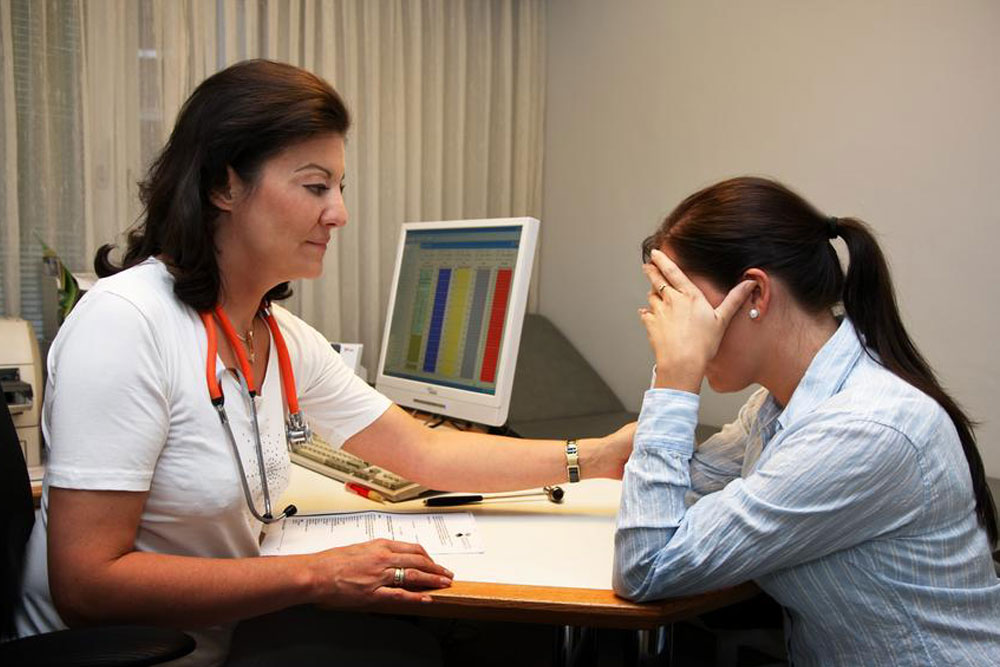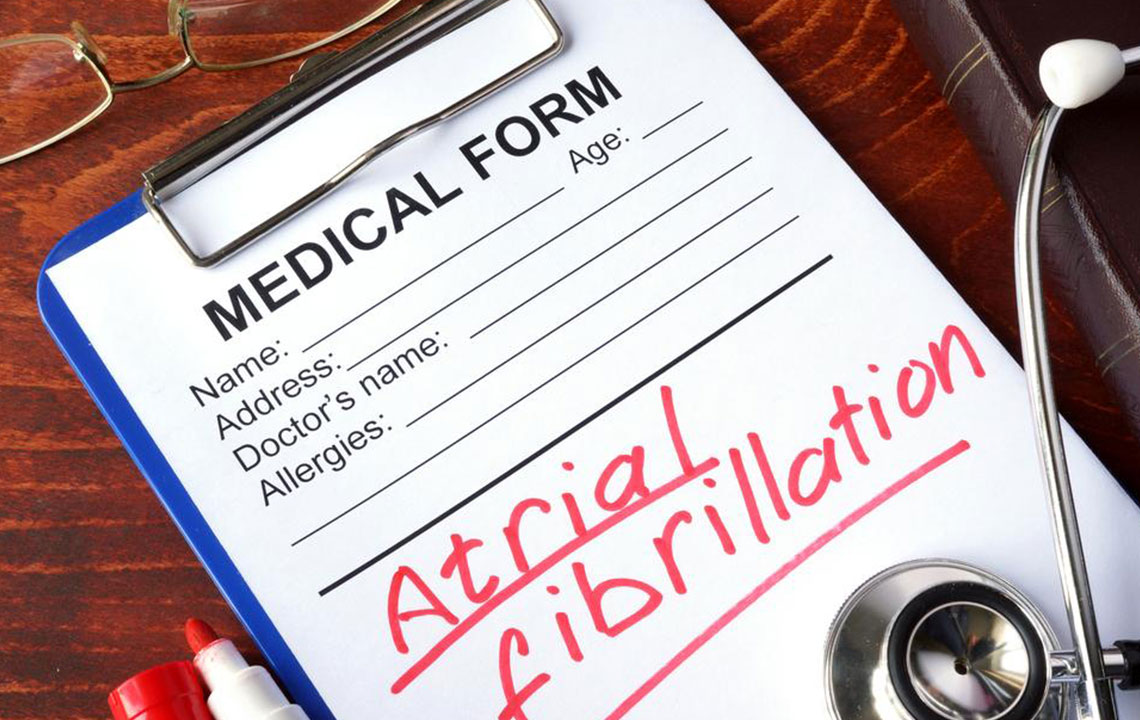Comprehensive Guide to Recognizing Early Symptoms of Stroke and Saving Lives
This comprehensive article provides essential information about the early warning signs of stroke, including types, symptoms, and immediate actions to take. Recognizing stroke symptoms promptly can save lives and prevent severe disabilities. Learn about the FAST method and how to respond effectively in emergencies to ensure swift medical intervention and better outcomes for stroke victims.

Comprehensive Guide to Recognizing Early Symptoms of Stroke and Saving Lives
Stroke remains one of the most significant health threats worldwide, ranking among the top causes of death and long-term disability. According to data from the Centers for Disease Control and Prevention (CDC), over 795,000 individuals experience a stroke each year in the United States alone. Recognizing the early warning signs of stroke is critical because rapid response can drastically improve survival rates and reduce the severity of neurological damage. Despite its prevalence, many people are unaware of the subtle or sudden symptoms that indicate a stroke, leading to delayed treatment and poorer outcomes.
Understanding what constitutes a stroke is essential for timely recognition and intervention. A stroke occurs when blood flow to a part of the brain is obstructed or when bleeding occurs in the brain tissue. The interruption of blood flow deprives brain cells of oxygen and nutrients, leading to tissue death if not promptly addressed. The sooner treatment is administered, the better the chances of recovery and minimizing long-term impairments.
Ischemic stroke
Hemorrhagic stroke
Mini-stroke (Transient Ischemic Attack or TIA)
Understanding the Different Types of Stroke
Strokes are broadly classified into three categories, each with distinct causes and implications. Recognizing these types helps in understanding the urgency and appropriate response needed:
Ischemic Stroke: This is the most common type, accounting for approximately 87% of all strokes. It occurs when a blood clot or fatty deposit blocks a blood vessel in the brain, leading to restricted blood flow. Causes include atherosclerosis, atrial fibrillation, or other blood clotting disorders.
Hemorrhagic Stroke: This type happens when an artery in the brain ruptures, causing bleeding into the surrounding brain tissue. The pressure from bleeding can damage brain cells and lead to brain swelling. Common causes include high blood pressure, aneurysms, or head injuries.
Transient Ischemic Attack (TIA): Often called a mini-stroke, a TIA is a temporary blockage of blood flow that resolves within minutes to hours without causing permanent damage. However, it acts as a warning sign for future full-blown strokes if preventive measures are not taken.
Timely identification of these types is pivotal for treatment decisions and preventative strategies, reducing the risk of subsequent severe strokes.
Recognizing the Warning Signs of Stroke
Early detection of stroke symptoms is vital for prompt medical intervention. Recognizing these signs can make the difference between a full recovery and lifelong disability. Key indicators include sudden and unexplained neurological deficits, which often appear abruptly and require urgent attention. Be vigilant to the following symptoms:
Weakness or numbness on one side of the body, particularly affecting the face, arm, or leg
Difficulty speaking, slurred speech, or trouble understanding language
Sudden loss of vision, blurred vision, or double vision
Severe headache without a clear cause, often described as the worst headache ever experienced
Dizziness, loss of balance, or coordination issues
Confusion or inability to process information effectively
Difficulty walking or inability to stand or move properly
These symptoms can occur suddenly and often simultaneously, signaling an impending or ongoing stroke. Immediate action is necessary to prevent irreversible brain damage.
Critical Steps to Take When a Stroke is Suspected
Time is of the essence in stroke treatment, and knowing how to respond can save lives. The most effective and widely recommended method to quickly identify potential strokes is the FAST approach, which stands for:
F – Face: Ask the person to smile. Check if one side of the face droops or if the smile appears uneven.
A – Arms: Request the person to raise both arms. Observe if one arm drifts downward or cannot be lifted properly.
S – Speech: Listen for slurred or garbled speech. Ask the person to repeat a simple sentence and note any difficulty.
T – Time: If any of these signs are present, call emergency services immediately. Record the time symptoms began, as this information is crucial for treatment.
Never attempt to transport someone with stroke symptoms in a private vehicle. Emergency responders are trained to provide lifesaving care en route, and rapid medical intervention is essential for reducing brain damage and increasing recovery chances.
Education about stroke symptoms should be widespread. Knowing the signs and acting swiftly can make a profound difference, often determining whether a person will regain full function or suffer severe disabilities or even death. Regularly discussing and practicing these response steps can help save lives and reduce long-term disabilities caused by stroke.





